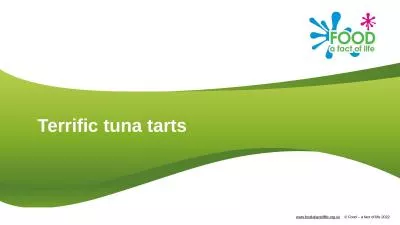PPT-Soil to Spoon
Author : min-jolicoeur | Published Date : 2017-11-03
National Association of Conservation Districts NACD 2012 Poster Contest Theme And Stewardship Theme Why do you need to know where your food comes from What kinds
Presentation Embed Code
Download Presentation
Download Presentation The PPT/PDF document "Soil to Spoon" is the property of its rightful owner. Permission is granted to download and print the materials on this website for personal, non-commercial use only, and to display it on your personal computer provided you do not modify the materials and that you retain all copyright notices contained in the materials. By downloading content from our website, you accept the terms of this agreement.
Soil to Spoon: Transcript
Download Rules Of Document
"Soil to Spoon"The content belongs to its owner. You may download and print it for personal use, without modification, and keep all copyright notices. By downloading, you agree to these terms.
Related Documents

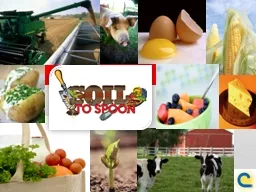
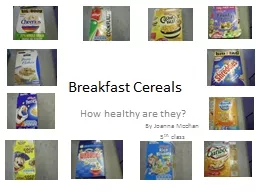
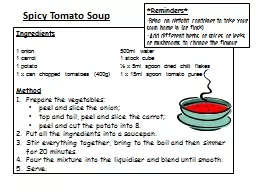
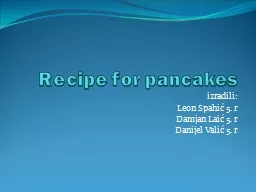
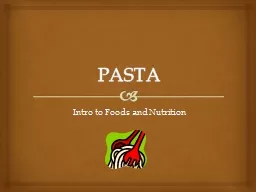
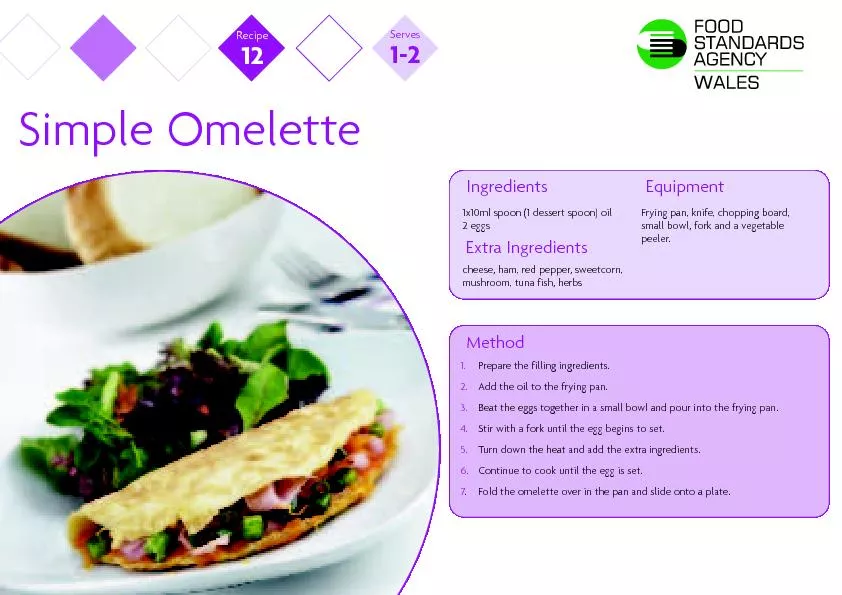
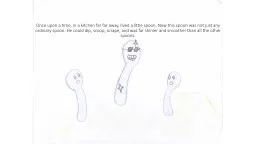
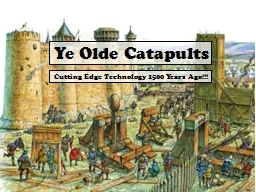
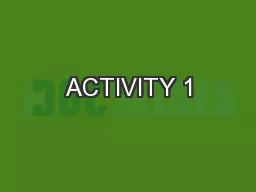
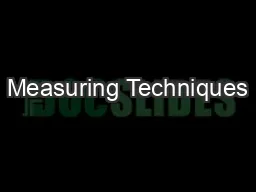
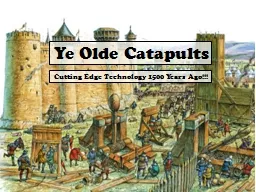
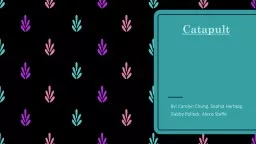
![[EPUB] - Spoon: A Guide to Spoon Carving and the New Wood Culture](https://thumbs.docslides.com/888741/epub-spoon-a-guide-to-spoon-carving-and-the-new-wood-culture.jpg)
